
Mateusz Szymanówka: For several years you‘ve been conducting artistic research on love as a strategy for generating knowledge. Although the title of your exhibition in the {Project Room} might suggest that you‘re going to examine romantic love, you approach the subject of disease.
Ania Nowak: I feel that in everything I do, I refer to broader research on feelings and affects and their influence on our behaviors, perceptions, and functioning in our communities. About five years ago, I started the website technologiesoflove.tumblr.com, because love seemed to me to be a very interesting political category for research.
As a topic, it contains enough internal contradictions and subcategories to prevent ever reaching a finite answer to any question. Love – as a constant practice of redefining relationships, commitment, and difference – is also interesting to examine in connection with strong feelings, like anger – for example, in the context of fighting against social injustice – or with the so-called ugly feelings (to quote Sianne Ngai), such as envy or irritability.
In Can You Die of a Broken Heart?, I focus on relationships and grey areas between our emotional and physical lives, between the so-called norm and the pathology of the body and feelings, between the authority of knowledge (medical, psychological, and so on) and the knowledge gained from individual experience. All this is encapsulated within the temporality of a chronic disease, something which never ends. In the case of chronic diseases, I was interested in how the combination of public conditions – i.e. access to health care, the authority of medical knowledge, the instrumental and fragmented approach to the sick body in Western medicine, and private conditions such as the individual experience of pain, the biography of patients, and its relation to health and disease – pro duces feelings of vulnerability and shame, and thus a sense of marginalization.
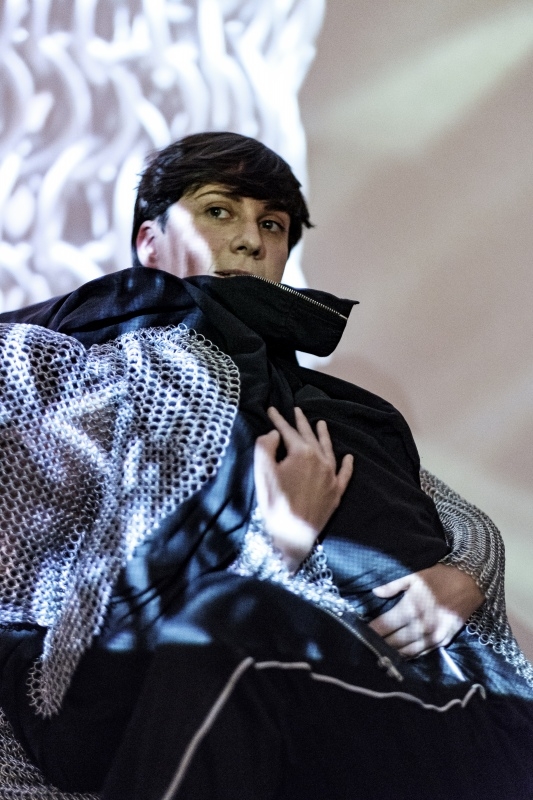
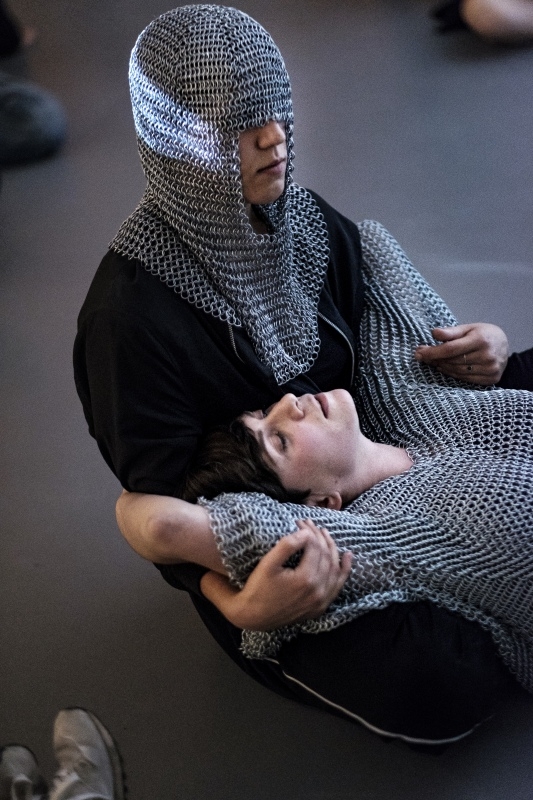
Why is shame so important in the formation process of the ill person‘s identity?
The sense of shame is – as Eve Kosofsky Sedgwick puts it – “a disruptive moment, in a circuit of identity-constituting identificatory communication.” Shame of oneself, of one‘s own body, creates the identity of the ill person, placing this person as Other. This is somebody whose state is always unstable, strange, who cannot participate in public life on an equal footing with others, because he or she can‘t rely on their body. This combination of the private and public, of bodily weakness and medical or political power, seemed very important to me also in the context of modern practices of care and broadly defined self-care. That is, when is caring for oneself and others a form of resistance, and when is it merely obedience to the imperative of health, beauty, and effectiveness? How does neoliberalism affect those whose bodies and minds are not always normative?
What impact did your background – i.e. choreographic and dance education – have on this project? These are, after all, areas in which great emphasis is placed on a fit and healthy body.
In Can You Die of a Broken Heart?, I focus on relationships and grey areas between our emotional and physical lives, between the so-called norm and the pathology of the body and feelings, between the authority of knowledge and the knowledge gained from individual experience.
Pain is inherent to working in dance and performance, while injuries present a real problem because they make work difficult or impossible. If you consider that most of us work as freelancers, our economic survival depends on how much we can work with our bodies. Inactivity or slowdown due to injury, illness, or exhaustion results directly in inability to work and invisibility. Generally, excellent health, high energy and productivity are the ideals of late capitalism because they permit independence and individualism. Physical ailments and illnesses force us to relate to our bodies and to the people who take care of us. Problems with our bodies often force us to switch to another, slower mode, make us feel FOMO (fear of missing out) and shame. I am interested in the processes that cause the body to lose its fitness and power, as well as the socio-economic conditions that accompany them. I am interested in what happens to bodies that no longer meet usability standards.
The exhibition Can You Die of a Broken Heart? does not refer to disease in general, but rather to quite a specific ailment.
Yes, the title of the exhibition comes from stress cardiomyopathy, commonly known as broken heart syndrome. It is an acute heart failure that can occur unexpectedly as a result of emotional shock, bad news, or the loss of a loved one. It made me interested in the close relationship between emotional and physical health.
In a more general sense, my project deals with a large group of autoimmune diseases and idiopathic disorders such as fibromyalgia or chronic fatigue syndrome. I also refer to various conditions in human health and life which are not diseases, but which, through the language used to describe them, can be perceived as such – for example, menopause in women. Autoimmune diseases, such as rheumatoid arthritis, lupus, Hashimoto‘s disease, are those in which the immune system begins to attack the body‘s own tissues and cells. These are auto-aggressive diseases, where, as the result of an unexplained pathological reaction, the body destroys itself from the inside; it is in conflict with the self. For the time being, these diseases are incurable and thus very pessimistic, but the mechanism seemed fascinating to me and says a lot about the contemporary condition. It‘s as if our bodies couldn‘t cope with processing millions of external stimuli and as a result began to metabolize themselves.
It all started when, a few years ago, I heard about fibromyalgia, a rather mysterious disease that manifests itself in recurring mus cle and joint pain, migraines, and extreme fatigue, the causes of which are still unknown to medicine. Fibromyalgia is mainly diagnosed in women, and I remember that it was suggested to me that it could be thought of as an embodied form of resistance of women to patriarchy. In other words, the slowdown and inactivity caused by pain can be passive forms of resistance.
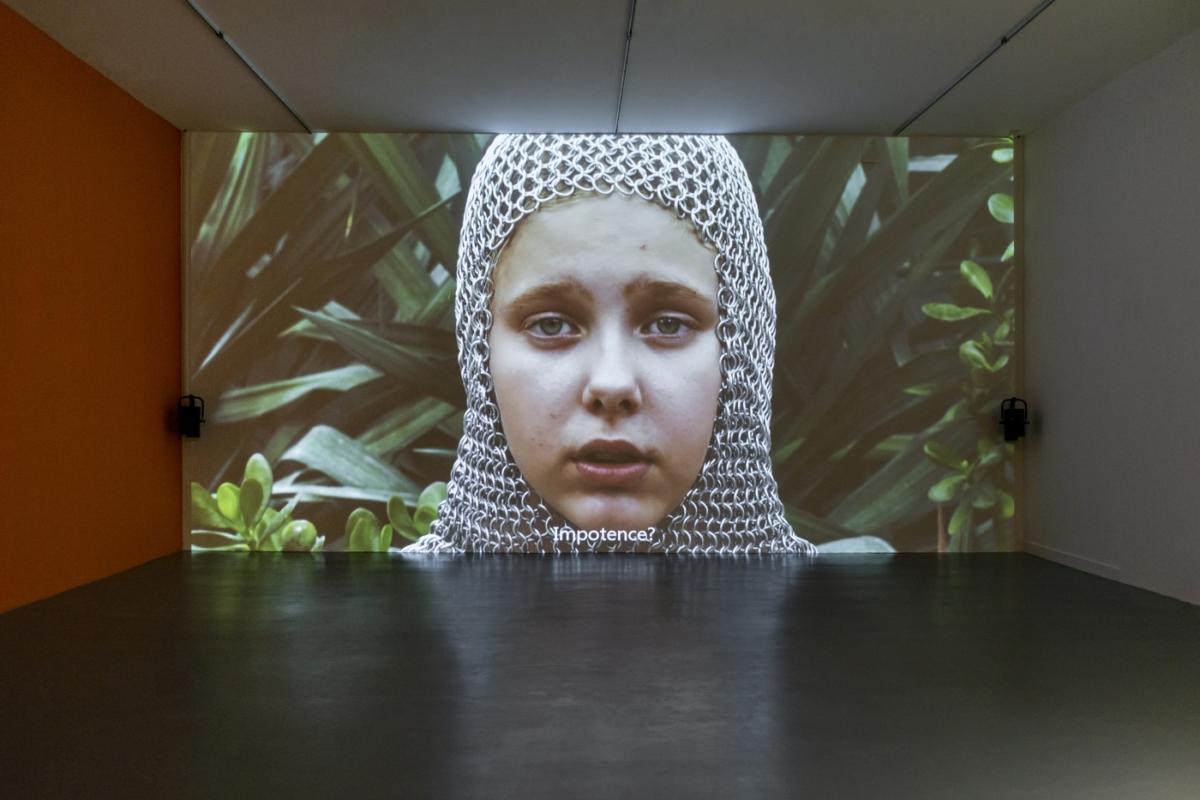


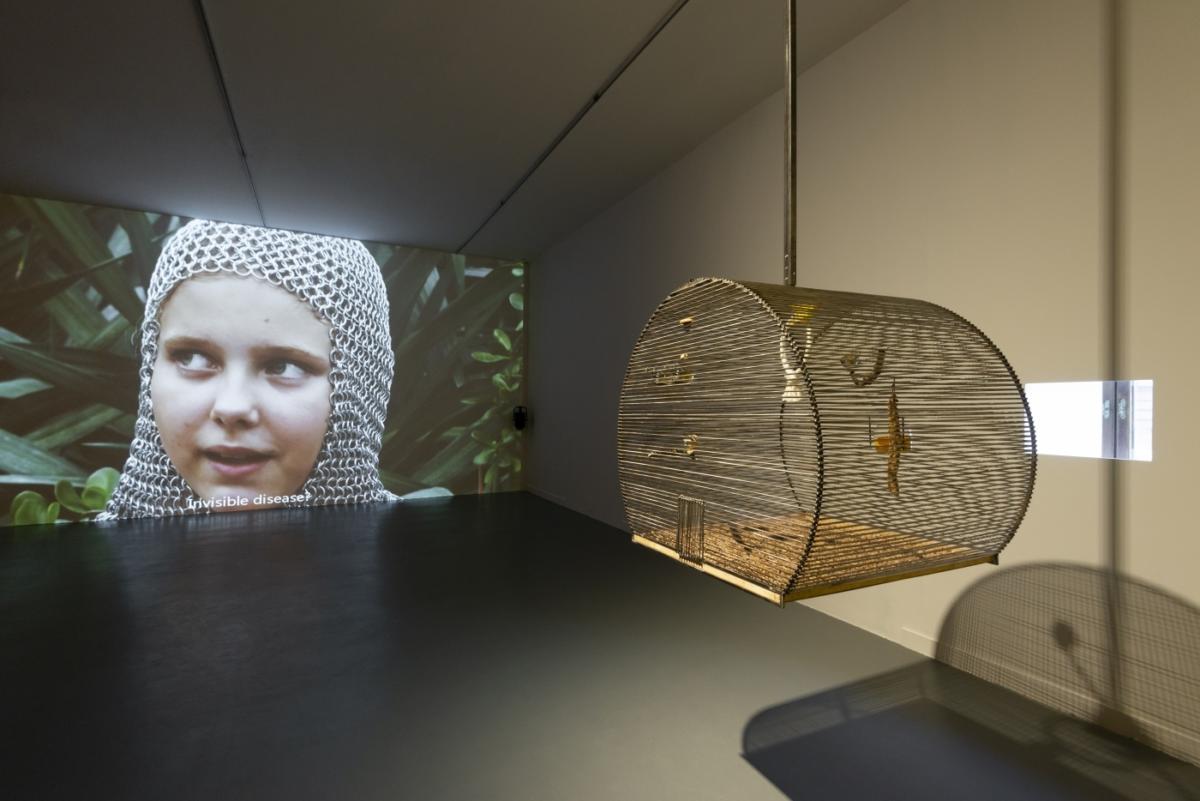
This, of course, brings to mind what feminist theorists have written in recent decades about nineteenth-century hysteria.
I remember that at the screening of the documentary Unrest, whose director and narrator suffers from chronic fatigue syndrome, we talked about Jean-Martin Charcot, who dealt with hysteria at the famous Salpêtrière clinic, and also was the first one to describe the autoimmune disease multiple sclerosis. Autoimmune diseases are sometimes thought of as autobiographical diseases, suggesting a very strong connection between a person‘s individual experiences and their unexplained influence on the body. There is medical ignorance in the treatment of these diseases, but also, potentially, some kind of bias. The narrator of Unrest fights for medicine to recognize her disorders as physical, not mental. Disbelief is a common reaction when doctors are consulted on the ailments of people affected by fibromyalgia and chronic fatigue syndrome.
You talk a lot about the body, but the protagonist of your exhibition seems to be the language which mediates the experience of the body. In the video performance, you whisper a litany of disorders which is repeated by an eleven-year-old girl, and in the {Project Room} itself, there are lovebirds, who can imitate human speech. The main focus is there fore on assimilating or even embodying somebody else‘s language.
In retrospect, I can see how important it was for me in this project to establish a palpable relationship of dialogue. On the one hand, when it comes to taming the foreign medical language and the body in the video performance, on the other, seeing the meaning slip out when confronted with non-human languages – here the languages of lovebirds. Another important thing was the potentiality inscribed into continuous learning of oneself and others, as well as physical contact through speech, most evident in the live performance in the {Project Room}. I really wanted the language composed of unpleasant names of diseases and symptoms to resonate, which ended up sounding like vocabulary taken from an advertisement for painkillers. I was interested in this precision in contrast with the child-like and soft presence of Jagoda, the young performer.
In my verbal games and sequences of words, I oscillate be tween the normative language – medical, hierarchical – and the emotional, poetic language. I try to play with these layers. Disease is supposed to be an excess of symptoms, diagnoses, meanings; the body is an enemy, but also a friend at the same time, a lover and a traitor. Learning about the body – repeating and insisting on certain words and gestures – is present in both the video and live performance. These elements of the exhibition – the video with the eleven-year-old performer and the lovebirds – resulted from my interest in the function of speaking, i.e. text as something that is spoken, but not necessarily written down. On the one hand, lovebirds represent the myth of being together forever, the myth of tragic monogamy, because there is a belief that if one of them dies, the other will die soon after. But we know that it does not necessarily have to be like this. On the other hand, they are one of the few birds that can be taught to speak human language. Earlier, I had had the fantasy that during the exhibition we could teach them a few words, and then I thought it was a bit out of place, because what would they gain from it? But, surely, there is some thing fascinating and bizarre about this fantasy where they can speak a language close to ours.
In the exhibition space, however, there is a dialogue: between the cheeping of the animals and the speech and singing of the girl in the video.
Lovebirds are the kind of birds with whom you should maintain linguistic contact. You have to talk to them, click, and whistle. The video performance is very strongly based on language, there is a lot of speech, so the birds, when they heard the video, very often became active. The video involves a performance by eleven-year-old Jagoda Szymkiewicz, whom I invited to the shooting at the Botanical Garden of the Polish Academy of Sciences in Pow sin. I wanted to highlight the layering inherent in this topic, i.e. physical health, mental health, emotional health, the threat of illness, and safety.
I was also interested in emphasizing a certain artificiality. In spite of the organic aspects of this subject – as it results from the body, its disease or dysfunction – I wanted to emphasize artificiality and certain protective structures. Hence the tropical plants in greenhouses, somewhat absurdly transferred to a climate in which they would never normally survive. In the video, I am not hiding that this is a completely artificial context. It is evident that this is an institution for plants, a botanical garden. On the other hand, Jagoda is wearing a ten kilogram suit of chain mail armor, which is associated with ideas of medieval romantic love, suggesting a kind of immunity, protection from the outside world, but not necessarily from the internal world – in the light of what we have said about auto-immune diseases. At the same time, these are porous structures: the cage, the chain mail, the greenhouse.
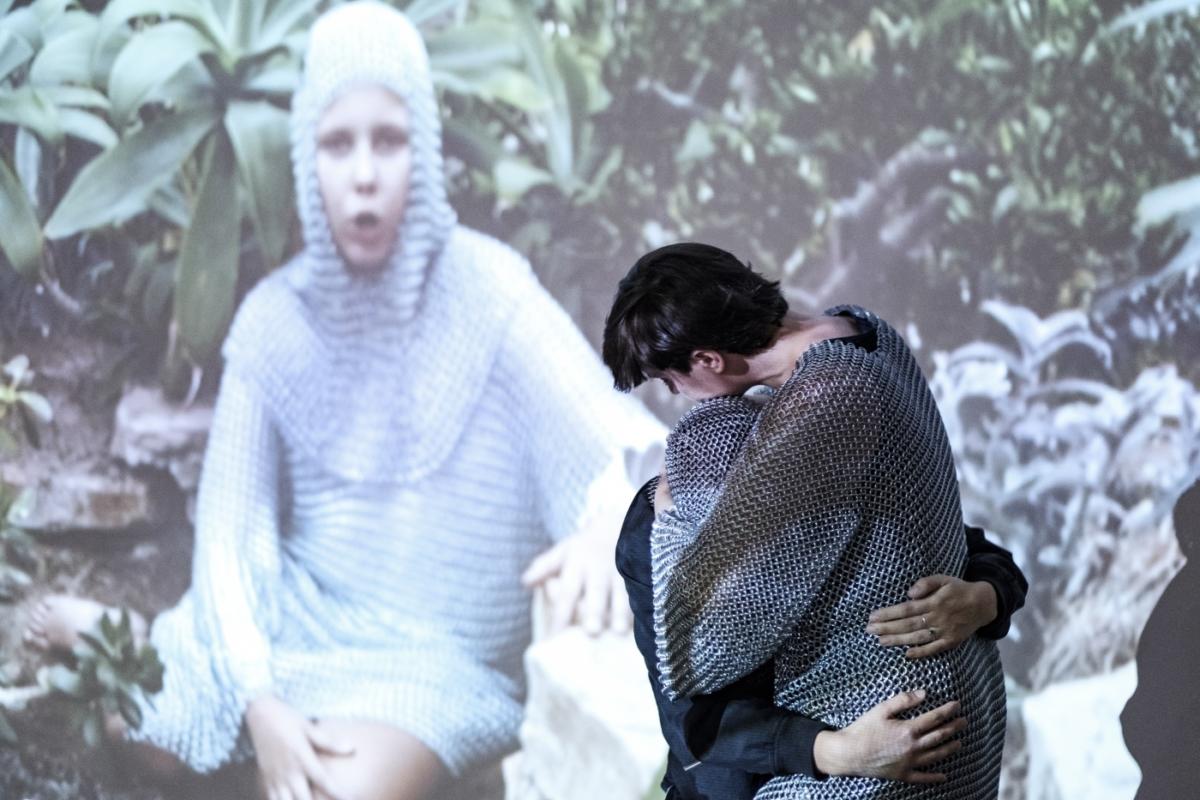

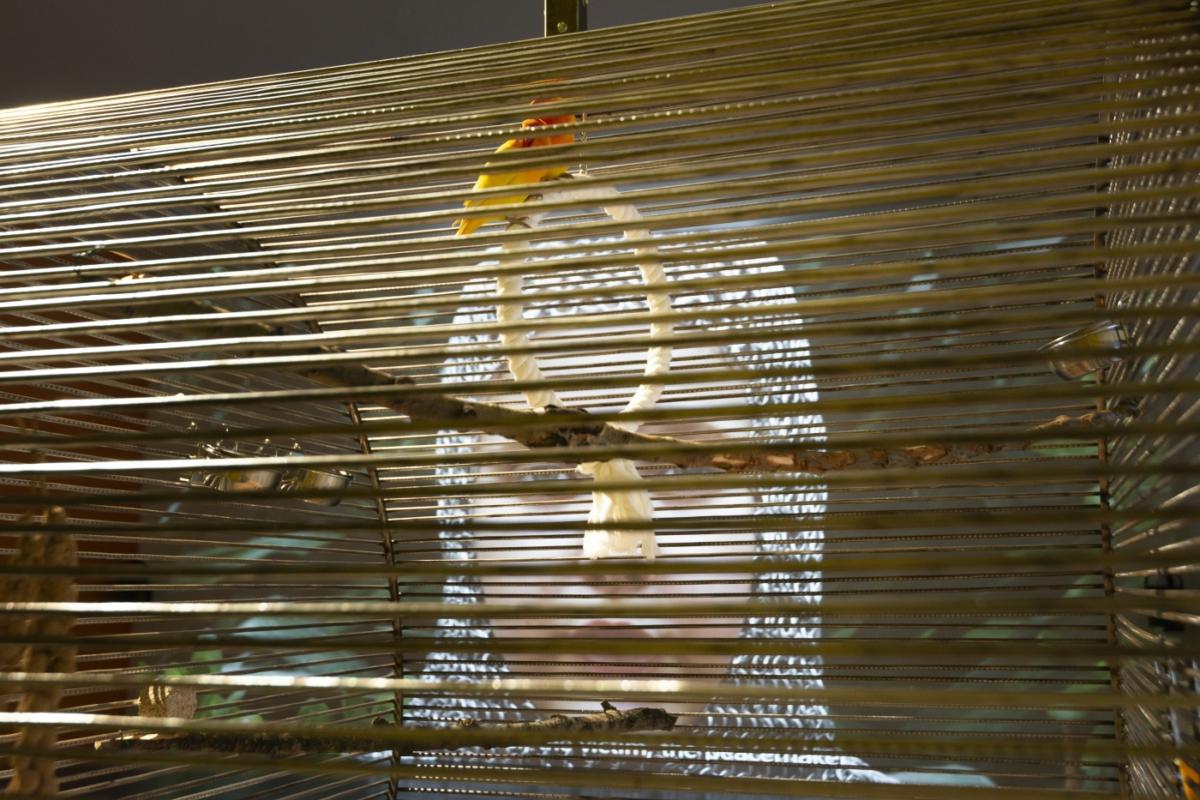
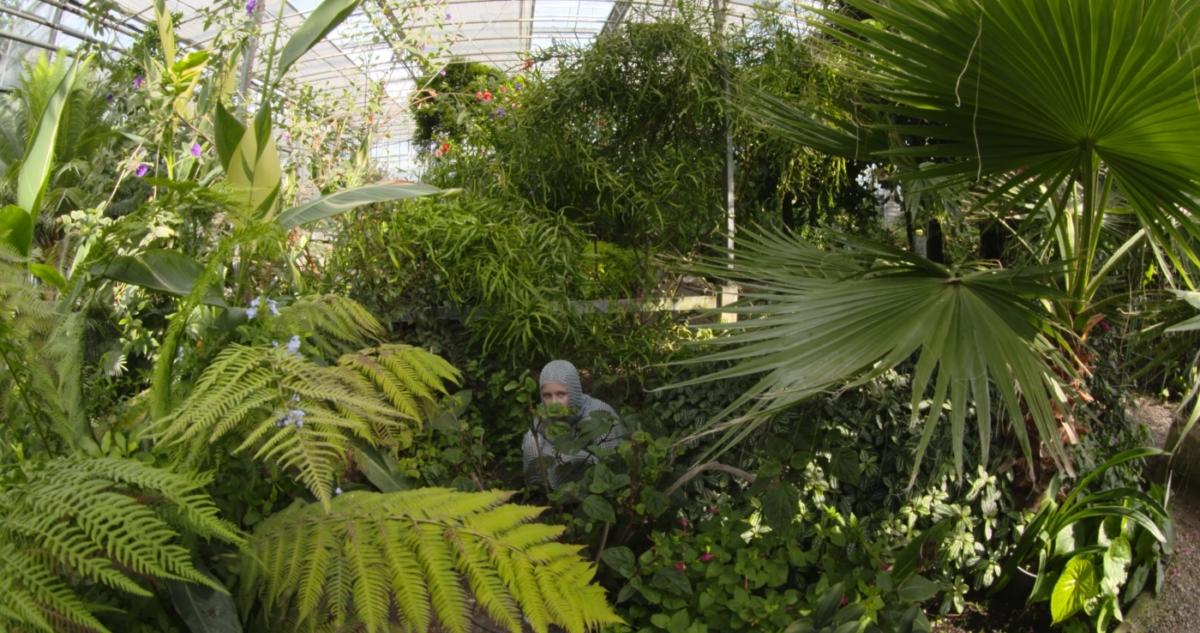
So the tropical environment of the exhibition resulted from the scenery in which the video performance was shot?
The idea of “tropicalizing” the exhibition space, this cold white cube, arose when I thought of lovebirds as truly associated with love. When I chose to include them in this exhibition, I had to take into account that they were not, for example, pigeons, but animals from a completely different culture and climate, who in Poland always live in captivity. The idea also came in part from the desire to “warm up” these topics because they are quite difficult. I needed the brightness and exaggeration to be able to show these topics, which are heavy and unpopular, in this space.
On the one hand, lovebirds represent the myth of being together forever, the myth of tragic monogamy, because there is a belief that if one of them dies, the other will die soon after. On the other hand, they are one of the few birds that can be taught to speak human language.
Apart from that, in the diseases I am investigating, inflammation and hormonal changes are often associated with high temperature; common symptoms include hot flashes, temperature fluctuations, fever etc. There is also something about temperature in the combination of materials: the feathers, the metal cage, the chain mail, and the plants in the video. I needed to create a sensual impression of many superimposed layers and that the cold of the metal – a protective material – is in dialogue with the heat of arthritis, with a tropical fever which is not trivial and refers to a kind of inflammation. Many people who suffer from lupus, rheumatoid arthritis, Hashimoto‘s disease, or Crohn‘s disease have to deal with this type of inflammation every day. They suffer from bodily processes that cause fluctuations in the density of joints, their stiffening, and inflammation. Nineteenth-century hysteria was poetically perceived as some kind of excess, a fever in the body, which was supposed to explain the contortions and tension in the body.
Do you think that the audience was surprised by the fact that the performers were not present at the exhibition all the time? I‘m asking because you are the first choreographer who has been invited to show in the {Project Room}.
I still think that it was a performative exhibition, although there were no dancers that would perform there every day during the five weeks of the exhibition. Neither the budget nor the conditions allowed it. Performers in museums need different conditions than objects, and from my experience institutions are still learning how to provide them.
You yourself migrate quite smoothly between the theatrical black box and the gallery‘s white cube. How was it for you to enter the peculiar space of the {Project Room}?
What was interesting for me in developing this project in the context of visual arts, as opposed to working in the theatre, was undoubtedly negotiating the overlap of different temporalities: the repeatability of video, the improvised performance of parrots and their caretaker, Agnieszka Kłos, and the episodic presence of my performance with Julia Plawgo in the {Project Room}. The extension of the project over five weeks resulted in a completely different dramaturgy of the event.
In this sense, the most lively, improvised, and changeable elements of the exhibition were the lovebirds, Amor and Eros, and their relationship with Ms. Kłos. I think it was very important that there was a person there with us who loves parrots and wanted to get involved in this project and, afterwards, take them home. As I mentioned before, lovebirds are very open to contact, they react vividly to stimuli from outside, to the human voice. Ms. Kłos not only fed them, but she was also able to create for them a home-like situation at the exhibition. Her concern for the parrots and response to questions from the exhibition visitors became an integral part of the unpredictable performance of the lovebirds in the {Project Room}. Their activity, their sounds and reactions to the environment were the live element that I took from the performing arts, where working with the body in real time is obvious. An interesting experience was the observation of our and viewers‘ expectations of these animals. For example, during the opening of the exhibition, the lovebirds decided to sleep, which, of course, brought up questions about their health. Maybe it was our natural desire that the birds would be very lively all the time, but they decided that, despite the presence of the audience, they would not perform for anybody.
In addition to the video performance and the performance of the animals and their caretaker, the {Project Room} also hosted a one-off performance with Julia Plawgo.
This was the third element of the exhibition, in which we practiced different methods of incantation and attempts to 2communicate through the language of illness and health. It was conceived as a direct and sometimes limited interaction with the exhibition elements embedded in the space. I wanted to avoid transferring the theater to the exhibition space because it seems to me not a very interesting way of putting choreography in the context of visual arts. That‘s why, for about fifty minutes of the performance, we focused on direct strategies of being in relation to each other, to the audience, to the lovebirds, and to Jagoda, the video performer. We did it through language – singing, speech – and through touch.
Touch has been important to me for a long time. It was the key practice of my performance exhibition Matters of Touch at Arts Santa Mònica in Barcelona over a year ago and an integrating element in the first choreographic work I did after my studies in Berlin, Offering What We Don‘t Have To Those Who Don‘t Want It.
In your work you often incorporate queer strategies – for example, in your series of performances Ohne Titel, you perform in female and male drag. Was a queer perspective on the body and identity also important for Can You Die of a Broken Heart?
Laura Grudniewska, who collaborated with me on the video performance for the exhibition, pointed out to me that the child and lovebirds suggest a kind of “presence in-between,” in the sense that, from an anthropocentric point of view, a child is a kind of “being on the way to becoming an adult”, with her body in the process of becoming something different; her way of understanding and communicating is particular, but also under the inevitable command of the adult world. The lovebirds belong to a completely non-human order, they have their own ways of living, their own language, and at the same time, when trained, they can copy the human language.
In this project I wanted to emphasize the fact that the ill body is and has always been the absolute Other. I‘m interested in the position of the non-normative body – an insecure body, a body between diagnoses, a body that is often not believed to be ill because its symptoms are non-obvious, irregular, vague, such as is the case with fibromyalgia. In addition to the classifications of gender, sexual orientation, race, and class, there is also the category of efficiency and health that Western medicine arbitrarily separates from disease. There is a similar separation between mental and physical health. All these elements of biology, psychology, and environment are still not treated holistically in mainstream medicine. That‘s why in the project I use unexpected drag strategies; that is, both Jagoda and Julia Plawgo are dressed up in medieval chain mail, which refers to both the ability to defend and attack. These ambiguities and in-between zones, which in a non-obvious way undermine the normative order, are queer per se. By that I mean strange places, often uncomfortable, which destabilize what we consider recognizable, safe, and normal.
The interview was originally published in the catalogue summarizing the seventh edition of the Project Room series at the Ujazdowski Castle Centre for Contemporary Art.
Imprint
| Artist | Ania Nowak |
| Exhibition | Can You Die of a Broken Heart? |
| Place / venue | Ujazdowski Castle Centre for Contemporary Art, Warsaw |
| Dates | 30 August – 7 October 2018 |
| Curated by | Mateusz Szymanówka |
| Website | u-jazdowski.pl/en |
| Index | Ania Nowak Mateusz Szymanówka Ujazdowski Castle Centre for Contemporary Art |
